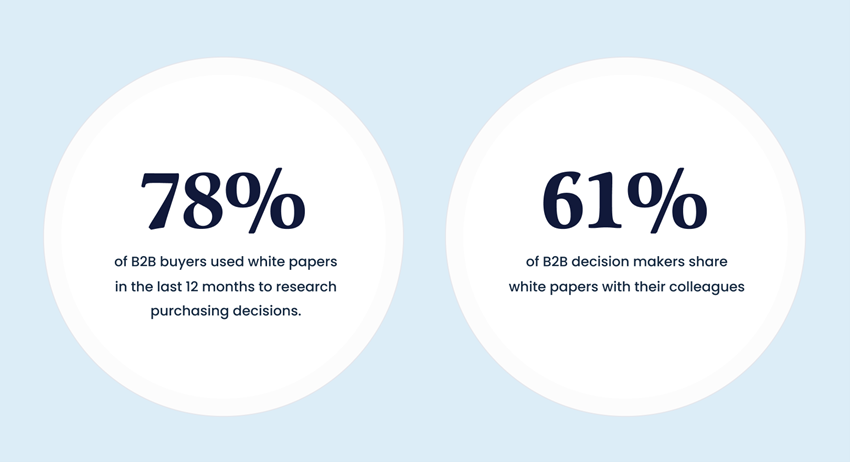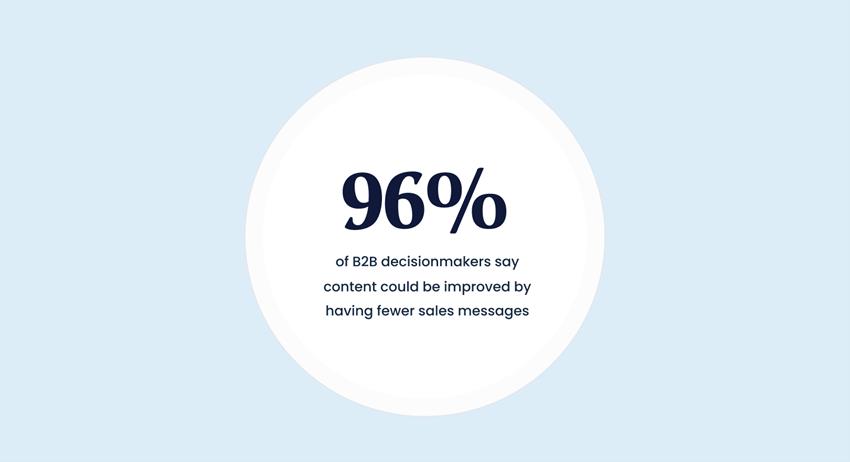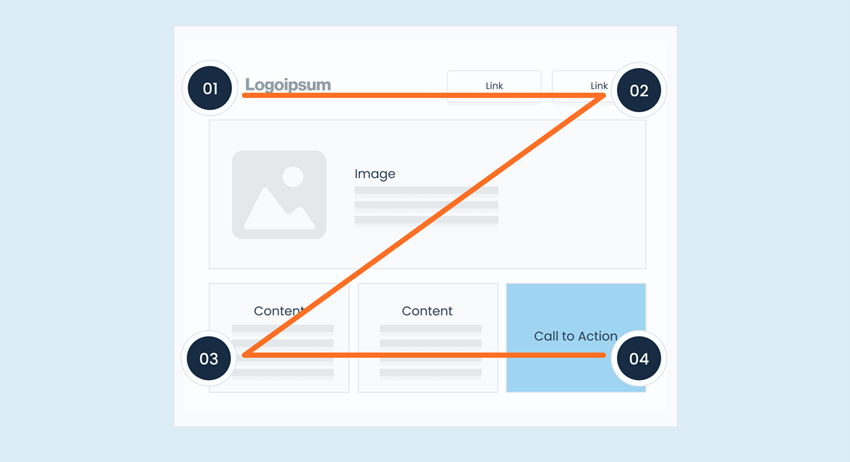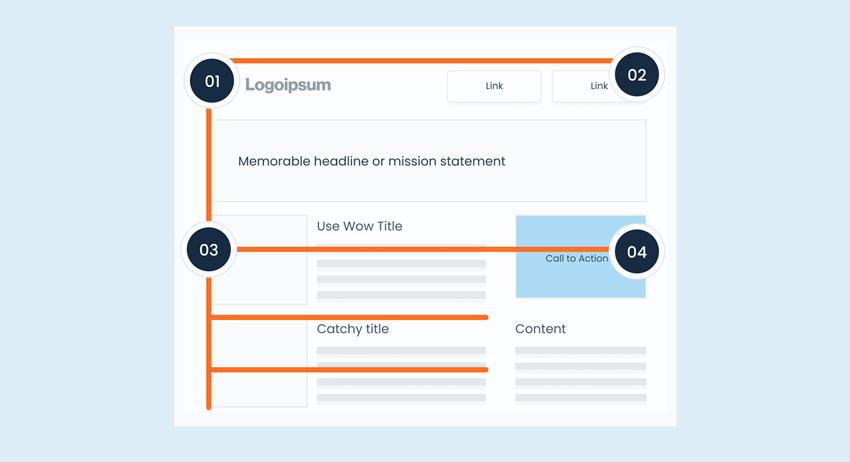A white paper on white papers
How they work, what they do best and where they fit into your marketing mix
White papers are still one of the best ways for businesses to share objective, credible information with B2B prospects who want to make smart strategic choices and good buying decisions. Based on more than 20 years of practical experience as well as the latest trends, this white paper looks at the key traits of marketing-focused white papers today and provides best practices and principles to make your next white paper a success.

The thirst for thought leadership
Today’s marketplace is defined by extreme competition and relentless change. Every business decision is consequential — and the future is hard to read. That’s why organizations in all sectors actively seek expert perspectives and credible information to inform their choices. What they want most is thought leadership: unique, trusted insight they can’t get anywhere else.
A 2019 survey found that 95% of respondents want to see more insight from industry thought leaders or analysts.1 About 41% said they consume three to five pieces of marketing content before engaging with a salesperson.2 White papers occupy a unique position in the buyer journey, supporting credible, in-depth learning and consideration. While some marketers may see them as old-fashioned, white papers have evolved significantly over the years. They remain among the most powerful content marketing communications products in a company’s toolkit.
More than one kind of white paper
“White paper” can mean different things to different people. In government, a white paper is a research-based policy document. In scientific or engineering contexts, it’s a deep-dive, highly specialized exploration of a specific technology or application.
What we’re referring to in this paper are marketing white papers — written by companies to raise prospective customers’ awareness of issues, trends, challenges or solutions. These tend to fall into two categories:
- Strategic white papers — These tend to focus on business models, businesses cases, use cases
or emerging trends and conditions that B2B buyers need to be aware of in a particular context
(e.g., cybersecurity or changes to tax laws). - Technical white papers — These aren’t quite as “technical” as scientific or engineering white papers
but they do provide fairly detailed analyses of technical problems and solutions. Given that, they’re
typically used later in the sales cycle.
Both have changed over time, especially in the mobile era. They’ve gotten shorter, more focused and, even
when dealing with complex subjects, are increasingly written in plain, accessible language. This is partly to
serve readers with limited time and attention, and partly because simple, straightforward writing has the
best chances of being understandable and useful to a global audience.
Here we’re going to focus primarily on the strategic white paper, although many of the principles apply to
technical white papers as well.
How are white papers used?
Companies publish white papers to demonstrate their authority and credibility in a particular subject area (i.e., to prove they are thought leaders by providing objective information of value); give fuller analysis of a topic than is possible in other, lighter marketing formats such as e-books or brochures; and build relationships and drive conversations with existing customers as well as new prospects.

Sources: Curata, The Ultimate White Paper Template
Demand Gen Report, 2018 Content Preferences Survey
B2B decisionmakers read white papers for many reasons: to keep up with industry trends, learn about new innovations and business practices, inform their business plans and strategies, gather facts ahead of a buying decision, and more.

Source: Demand Gen Report, 2019 Content Preferences Survey
White paper mythbusting: It’s NOT a sales pitch.
Strategic white papers are best for B2B decisionmakers at the beginning of the buying cycle. (Technical white papers tend to come further along in the journey.) Strategic papers help readers gain a better understanding of a particular business problem they’re facing and the options available to them to solve it. These decisionmakers want practical information, not opinions or marketing hype.
The white paper should be light on promotion and emphasize instead information of real value to position the authoring company as expert in the subject. If a paper looks and feels too much like a brochure, readers are less likely to view the content as credible and objective.
Top traits of a great white paper
For any organization looking to position itself as an industry thought leader, an effective and engaging strategic white paper will have the following characteristics:
- It has a distinct message
A good white paper has something unique, interesting and helpful to say to the reader. It is tightly focused (versus attempting to be all-encompassing and “say everything”). - It's concise
Back at the turn of the millennium it wasn’t unusual for white papers to run 20 pages or more. These days the average length tends to be eight to 12 pages. A shorter paper gives time-strapped business decisionmakers something they can engage with and apply to their own context. - It makes a strong first impression
A clear title and pointed executive summary set expectations for readers, letting them know what they’re going to get out of the paper — and why they should care. It can’t be too generic but also shouldn’t be overloaded with jargon. Because white papers overall are shorter, the executive
summary should be compact as well. All that’s required are a couple of paragraphs off the very top to spell out the main argument and capture people’s attention. - It respects the reader's intelligence
A strategic white paper should be understandable by a broad and general audience, but not at the expense of precision or technical accuracy. The best are facilitative: written in a way that guides the reader — any reader — to a clear and full understanding of the topic. - It's well researched
The quality of information in a white paper is directly related to the credibility it establishes in the mind of the reader. The more current and authoritative the sources, the more a company seems to deserve the moniker of “thought leader”. Trusted third parties should be cited. Companies with their
own proprietary research to share come across as especially engaged and knowledgeable. According to Marketo, 96 percent of the most successful content marketers agree that their audience views their organization as a trusted resource.3 - It doesn't push too hard
A strategic white paper should showcase a company’s understanding of the reader’s issues and pain points, then talk generically about how a new technology, operating model or strategic approach can overcome those issues. Promoting proprietary products should be kept to a minimum and saved for the end of the paper as a concrete example of a solution that epitomizes the principles that have been discussed. - It's highly visual
While people searching for in-depth knowledge are inclined to read long-form content in full, “skimming and scanning” are facts of life for any marketing product today. Good white
papers cater to the full range of readers by using scannable headings, subheadings and callout elements along with graphics, tables, charts, diagrams, infographics and other visual aids.
Best practices for high impact white papers
Beyond writing the content, there are a few additional details to attend to for a white paper to deliver maximum impact.
Clean layout and design
A simple, tidy layout reinforces messaging and content. White papers are typically presented in portrait format. While visuals are important elements, it’s important not to go overboard with graphics, as that can start to work against the clarity of the content.
Visual hierarchy should also be considered when organizing the content on the page. Most people “read” designs in two common ways:4
- Z pattern: If there’s not a lot of text, readers scan from top left to top right, then diagonally down to bottom left and across to the bottom right

- F pattern: In text-heavy designs, people scan left to right across the top of the page, then track down the left side looking for something that catches their attention, at which point they scan all the way to the right.

How do people interpret a white paper’s layout?
Readers subconsciously “rank” the content in a layout according to factors such as:
- Size
- Colour
- Contrast
- Alignment
- Repetition
- Proximity
- Whitespace
- Texture
Gating the asset to generate leads
A white paper can be a good lead-generation tool, especially when it is made available as a “gated” download that readers can access in exchange for information about themselves and their needs. Generally, content marketing generates three times more leads than paid search advertising.5
Most B2B buyers are more than willing to share information about themselves and their business in exchange for access to a white paper: in 2018, 75% of companies surveyed said they would do so — more than for any other form of marketing collateral.6
What’s important is to make the gating process easy. If there are too many form fields or steps involved, people will get frustrated and leave without downloading the asset. In the same survey mentioned above, 97% of B2B buyers agreed companies should make it easier to access their content.7
Some companies use form fields that get auto-populated based on past downloads or credentials provided through a customer login system. Using a third-party login service allows people to pass through the gate by entering their credentials from a platform like LinkedIn. With this approach, readers can get at the white paper in just a couple of clicks — while the company gets direct access to the business information those readers have already uploaded to LinkedIn.
To be most effective, the landing page for the gated download needs to be just as well-crafted as the white paper itself, clearly presenting the value of the paper and what the reader can expect from it.
Spin off content
It takes a lot of effort to produce a high-quality white paper. Fortunately, as an in-depth exploration of a single topic, a white paper has the potential to serve as a major, foundational piece of content — that is, it can form the basis for a larger marketing strategy or campaign, re-used or re-purposed into shorter blogs, articles and other collateral.
A complete blog post can likely be written using just the content from a single section of a strategic white paper. And if that blog then links back to the gated landing page, it can help get even more potential readers to download the paper.
Companies can also draw more attention to their papers by sharing excerpts from them over social media. If a white paper features some interesting infographics or diagrams, those can be shared, too, as people love seeing visuals in their social feeds. By branding the image with their own logo and embedding a link to their site within that visual, companies can help make sure that people will be able to track that content back to them.
Put your intelligence on display
Readers today want real insight, genuine substance and factual proof, delivered as concisely as possible. There’s less appetite for marketing messages than ever before. That makes white papers a valuable part of the marketing mix.
White papers have always been looked to as sources of high-quality, in-depth and relatively objective information. That said, they are competing with “high-information” formats such as webinars and videos, which people can consume while multitasking versus having to give full attention to read.
Applying the principles outlined in this white paper will help ensure the creation of a final product that is tightly written, with focused messaging, a clean layout and smart, scannable information design — all of which will make it easier for readers to extract real value from the content and recognize the thought leadership of the company that authored the piece. The result is an effective delivery of immediate marketing messages in a “reader-first” way and a larger, potentially longer-lasting contribution to an organization’s brand.
Planning a white paper?
We can help.
If you’re looking to develop a strategic white paper that will demonstrate your thought leadership and
strengthen your relationships with clients and prospects, our team has the experience and processes to support you whether you need a good content template, a fully written paper, an edit of internally generated material or anything in between. Since 2007, we’ve written hundreds of white papers for clients in many different sectors including Nokia, Trend Micro, SolarWinds MSP, Algonquin College, CPA Global, Bell and more.
 Back
Back
 Annual reports
Annual reports
 Blogs and articles
Blogs and articles
 Brand messaging and taglines
Brand messaging and taglines
 Content and editorial planning
Content and editorial planning
 Copyediting and proofreading
Copyediting and proofreading
 Event coverage and reporting
Event coverage and reporting
 Marketing campaigns
Marketing campaigns
 Presentations and speeches
Presentations and speeches
 Video scripts
Video scripts
 Web content
Web content
 White papers
White papers
 10 min read
10 min read
 Articles
Articles







